Fellows represent the values of the Society and recognize strong and sustained contributions to the ceramics community. Any Society member who has reached their 35th birthday and who has been a member of the Society for at least five years continuously at the established nomination deadline date when nominated* is eligible for consideration, but the population of Fellows should never exceed 10% of the total membership of the Society. Candidates shall prove qualified for elevation to the grade of Fellow by reason of outstanding contributions to the ceramic arts and/or sciences community through some combination of: broad and productive scholarship in ceramic science and technology, conspicuous achievement in ceramic industry, and/or outstanding service to the Society.
Awardees receive an engraved plaque to be awarded at the Annual Meeting.
Nomination Process
What is required to be considered? Exceptional contributions of a scientific, technical, artistic, educational, and/or service. The nomination should clearly communicate how the candidate’s contributions are greater than those of at least 90% of Society membership.
The nominee and/or a sponsor should fill out the Fellow Nomination Form. Signatures of seven co-sponsors, who are Society members, are required, not including the nominee. In addition, up to three members may provide letters of support of no more than one page each.
A lead sponsor typically:
i. Fills out the nomination form (often with assistance from the nominee)
ii. Identifies and invites 6 additional co-sponsors, each of who provides a signature in support of the nomination
iii. Solicits up to 3 letters of support of no more than 1 page from other members or non-members who can speak to the exemplary value of the nominee to the ceramics community.
The population of Fellows should never exceed 10% of the total membership of the Society. Nomination packages will remain active for 3 years from initial submission and can be updated each year by the nominator.
Helpful hints for preparing a nomination:
i. The nominee and all seven of the required sponsors must be active members of ACerS.
ii. Scanned, copied, and electronic signatures are acceptable and may be sent on individual forms.
iii. To check on the membership eligibility of a nominee or for a list of active nominations, contact Erica Zimmerman at ezimmerman@ceramics.org.
iv. One (1) page support letters may be submitted by up to three (3) members or non-members.
v. If a nominee has an active nomination with additional accomplishments since the time the original nomination was submitted, sponsors may send an update for consideration.
Contact
Erica Zimmerman
ezimmerman@ceramics.org
Award Winners
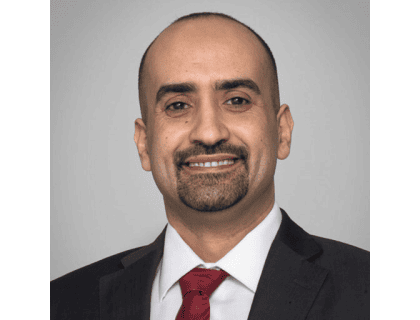
Amjad S. Almansour
Dr. Amjad S. Almansour is a Materials Research Engineer in the Ceramic and Polymer Composites Branch in the Materials and Structures Division at the NASA Glenn Research Center (GRC) in Cleveland, OH, USA. He received his BS in Mechanical Engineering (ME) in 2006 from Mu’tah University in Al-Karak, Jordan; MS in ME in 2009 from the University of Dayton in Dayton, OH, USA; and PhD in ME in 2017 from the University of Akron in Akron, OH, USA. He joined NASA GRC in 2015 and has made significant technical contributions in several areas of research including the development, testing, and characterization of ceramic matrix composites (CMCs) and their constituents to insert CMC technology in gas turbines and nuclear thermal propulsion; development of highly conductive, high voltage cables; design, additive manufacturing, and testing of high power and energy density 3D batteries, and thermal management packaging for inserting high power density batteries in electrified aircraft propulsion. He also mentors and advises several graduate and undergraduate students. He has collaborated with researchers from various U.S. and international aerospace companies, academic institutions, and other U.S. Govt. organizations. He has published over 40 technical papers and proceedings, has 5 patent applications, and given numerous presentations. He has received the NASA Early Career Achievement Medal and the Engineers Council’s Future Technology Leader Award. Additionally, Amjad has been the lead organizer of several symposiums at the International Conference and Expo on Advanced Ceramics and Composites (ICACC), the Pacific Rim Conference on Ceramic and Glass Technology (PACRIM), the 14th International Conference on Ceramic Materials and Components for Energy and Environmental Systems (CMCEE14), and the National Space and Missile Materials Symposium (NSMMS). He served as the Award Committee Chair, Secretary, Treasurer and Vice-Chair of the ACerS Engineering Ceramics Division (ECD) and Program Chair of ICACC 2025. He is currently serving as the ECD Chair-Elect. He has received the ECD Global Young Investigator Award, Global Star Award, ACerS Richard M. Fulrath Award, and ACerS Global Ambassador Award.
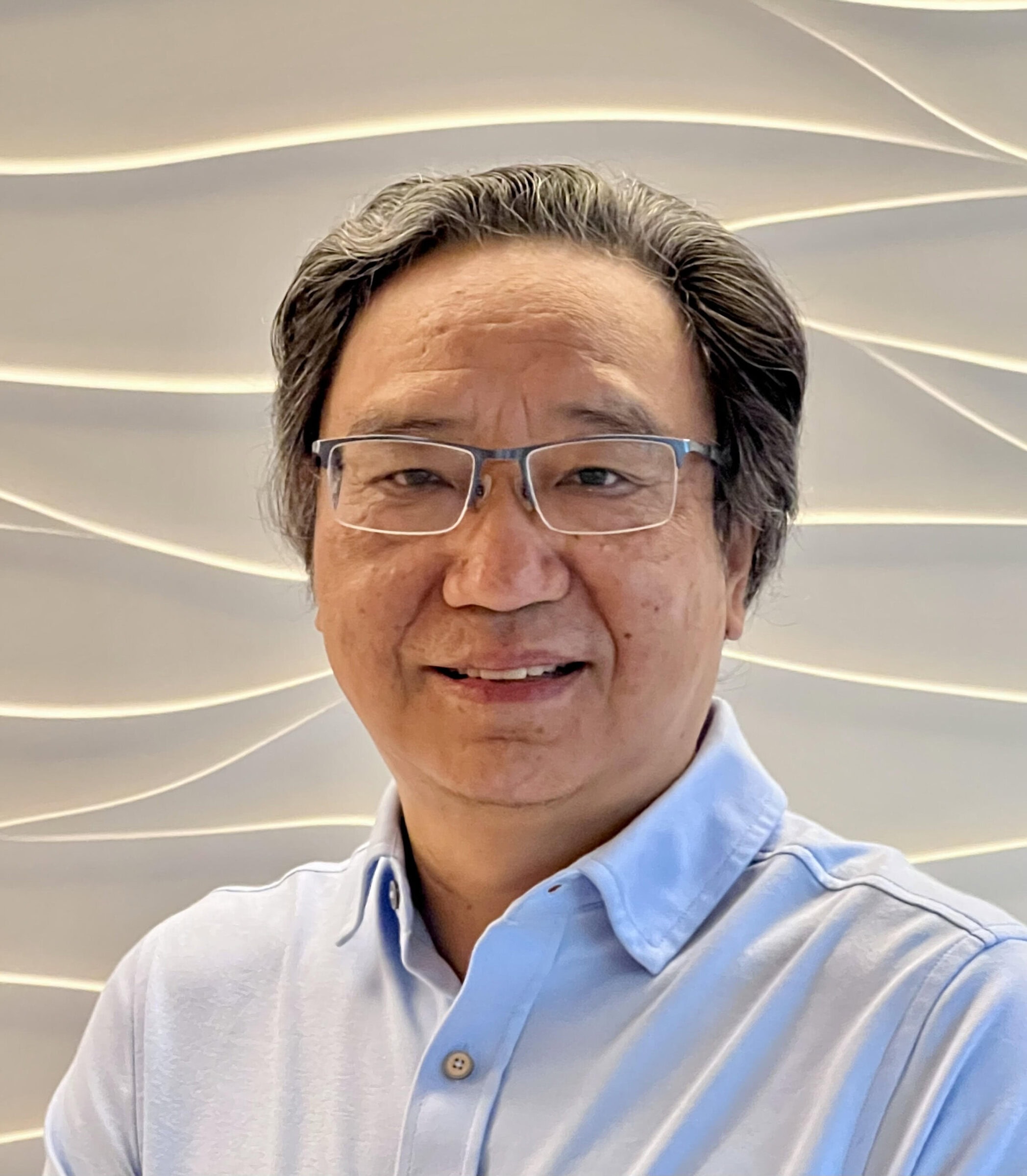
Yajie Chen
Dr. Yajie Chen is a distinguished Research Fellow at Rogers Corporation in Massachusetts, USA, leading the development of cutting-edge RF/microwave magnetic materials and their diverse applications. With a remarkable career spanning over four decades in materials science, he seamlessly bridges academia and industry, showcasing fabulous expertise in various domains such as magnetic ceramics, ferrites, dielectrics, photovoltaics, multiferroics, and magnetoelectric/magnetodielectric materials and their applications.
Prior to his present role, Dr. Chen held the position of Associate Professor at Soochow University in China in 1990’. Following this, he served as a Research Professor and Associate Director at the Center for Microwave Magnetic Materials & Integrated Circuits at Northeastern University in Boston during 2011-2015. Notably, his experience extends to the ceramic industry, particularly the ferrite sector, where he provided valuable technical consultancy to seven prominent ferrite manufacturers.
Dr. Chen’s exceptional contributions to the field are widely acknowledged, evident through a prolific publication record that includes 180 peer-reviewed journal articles, a book chapter, and an impressive portfolio of 40 patents. A pivotal moment in his career was the breakthrough in ferrite technology in 2006, which garnered global recognition, being cited, and reported by more than 50 science, military, and political websites.
Beyond his research pursuits, Dr. Chen has been an active participant in the academic and professional community, assuming diverse roles such as committee member, program chair, and session chair for magnetics-related conferences. He also served as the Secretary/Treasurer for the IEEE Magnetics Society Boston chapter and Editor for IEEE Trans on Magnetics Conference (2010). He started his ACerS membership in 2007. Presently, he holds the esteemed position of Associate Editor for Frontiers in Materials-Ceramics & Glass.
Dr. Chen’s academic journey began with a Bachelor of Engineering in Magnetic Materials and Devices from Huazhong University of Science and Technology (China) in 1983, followed by the successful completion of his Ph.D. in Condensed Matter Physics from Soochow University (China) in 2003.
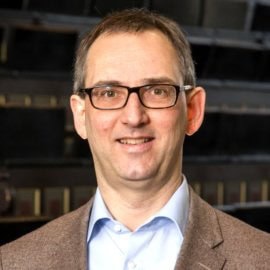
Armin Feldhoff
Armin Feldhoff is extraordinary professor at Leibniz University Hannover and holds the venia legendi for Physical Chemistry. His research interests are in thermo-iono-electric (TIE) materials for energy conversion and chemical separation. His work integrates materials synthesis with microstructural analysis using techniques like scanning and transmission electron microscopy and x-ray diffraction, all aimed at enhancing material and device functionality. The focus is on a knowledge-based approach, which encompasses systematic synthesis, characterization of functional properties, and understanding hierarchical microstructures across various length scales down to the sub-nanometer level. He has published over 200 peer-reviewed journal papers (> 17,000 citations, h-index >60, i10-index >170) and he holds two patents covering these topics. He received his diploma in physics from the University of Münster and his Ph.D. degree from the Martin-Luther University Halle-Wittenberg. He was pre- and post-doctoral researcher at the Max Planck Institute of Microstructure Physics and postdoctoral researcher at Cornell University (NY, USA) and at the French National Centre for Scientific Research (CNRS). He served as associate editor of both Energy Harvesting & Systems and the Journal of Electronic Materials. He serves on the editorial team of Elektronenmikroskopie in the German Society for Electron Microscopy. He is an editorial board member of Entropy. Since 2023, he has been Associate Editor of the Journal of the American Ceramic Society. In 2022, he received the D.T. Rankin Award and has been recognized as Global Ambassador of the American Ceramic Society. He was inaugural chair of the Energy Materials and Systems Division of the American Ceramic Society from 2020-2021.
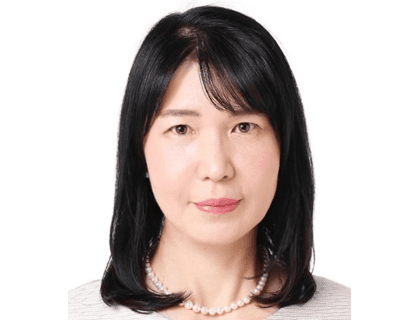
Yumi H. Ikuhara
Yumi H. Ikuhara is Principal Researcher of Japan Fine Ceramics Center. She graduated from Gifu Pharmaceutical University with BS in 1987, and the joined Japan Fine Ceramics Center (JFCC) as a researcher. She was the first Japanese female researcher to graduate from ceramics field in American university. She earned her master degree from Case Western Reserve University in 1994 before obtaining Ph.D. from Kyoto University. With her international background, she has fostered collaboration between Japan and the U.S. Her pioneering research focuses on functional ceramics, particularly in Li-ion batteries and gas separation membranes. She was the first to successfully fabricate oriented cathode films for lithium-ion batteries using chemical precursors, significantly advancing energy storage technology. Her work on hydrogen-selective ceramic membranes led to the development of a novel composite membrane incorporating metal nanoparticles, enhancing hydrogen permeability at high temperatures.
Beyond research, she has played a vital role in bridging scientific communities, offering advices to institutions like the Fulrath Okazaki Memorial Association. Dr. Ikuhara is author and coauthor of about 100 scientific papers in this field, and has more than 10 patents. She is the fellow and director of Ceramic Society of Japan (CSJ), and chief editor of Ceramics Journal (CSJ). She holds visiting professor position at Daido University since 2013.
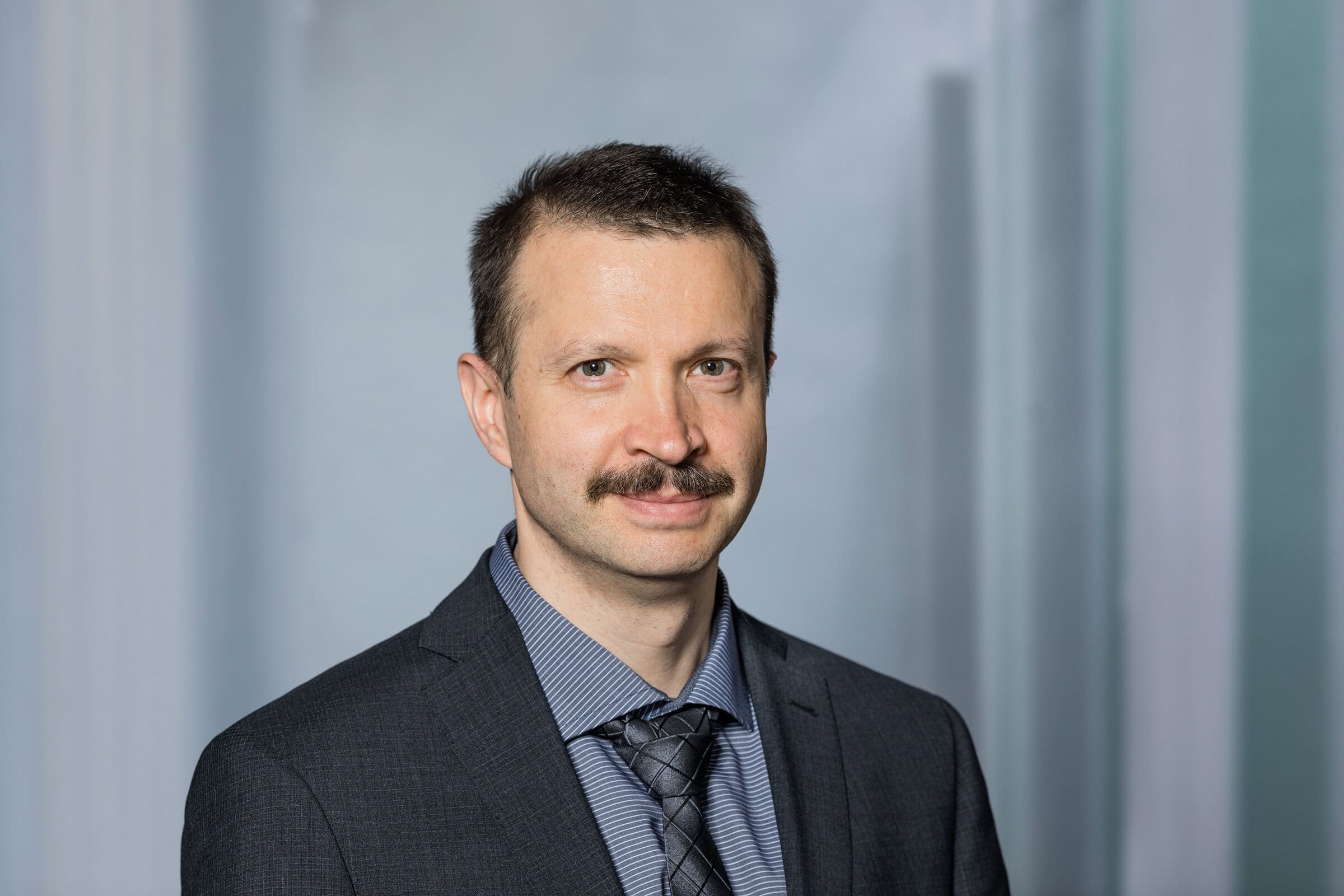
Mihails Kusnezoff
Dr. Mihails Kusnezoff is Head of Materials and Components Department at Fraunhofer Institute for Ceramic Technologies and Systems, Dresden, Germany. His current research includes solid oxide cell (SOC) and stack development, solid state batteries, joining technologies, gas sensors, pastes and inks for thick film technology and flexible electronics. SOC cells and stacks developed with his active participation has been successfully transferred to industrial production at Kerafol GmbH, Sunfire GmbH and mPower GmbH respectively. Glass ceramic sealants developed in his department are currently used for joining of stabilized zirconia and stainless steel in different applications. During his work at IKTS (since 1996) he has established prototype SOC stack production, Screen Printing Center for functional ceramics and pilot scale paste manufacturing supporting industry in development and market introduction of novel components and devices.
He is active member of working group on High Temperature Sensors at German Material Society (DGM, since 2009) and Fraunhofer Energy Alliance (since 2006). He is well recognized expert in field of Solid Oxide Cells and chairs the Industrial Working Group on High temperature Fuel cells at VDMA. He is member of scientific Committee of European Fuel cell Symposium in Lucerne and member German Committee for Standardization in field of nanomaterials, fuel cells and sodium batteries. In 2016 he was recognized with IEC 1906 Award from TC113 for development of set of standards for testing of Li-ion electrodes containing nano-enabled materials.
He supports the education of young scientists by giving annual lectures and conducting exams in field of Functional Ceramics at Technical University Dresden since 2005. In his Department, he hosted several international students and provided opportunity to many national students for diploma, bachelor and master works. He co-supervised 14 PhD thesis in his department, is author and co-author of more than 60 publications and held more than 100 presentations at international conferences. He is invited editor for multiple articles in his scientific field, co-editor of International Journal of Applied Ceramic Technology and has got a Certificate of Appreciation as ACeRS Journal Reviewer in 2020. His contribution was recognized by ECD Global Star and ACerS Global Ambassador Awards.
He is active member of ACerS since 2012 and is leading organizer of annual Symposium S3 on Solid Oxide Cells at ICACC for last thirteen years. During this time the symposium became an internationally recognized event for exchange of new ideas and experience in field of SOC materials. He served as co-organizer of CMCEE 2012 and ICC6 in Dresden and supported the organization of ICC7. He continues his international activities by organization of joint R&D programs and projects with Japan, South Korea and East Europe.
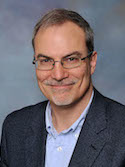
Gregory N. Morscher
Morscher has worked in the area of high temperature materials and composites for over thirty years. Before joining the University of Akron, he was previously affiliated with NASA Glenn (formerly Lewis) research center as a research engineer (CWRU) and then senior research scientist (OAI). He has concentrated primarily on the understanding, development and improvement of SiC based composites as well as NDE techniques for the purpose damage assessment and monitoring. He studied the high temperature creep properties of ceramic fibers and developed a simple bend stress relaxation test to evaluate relative creep properties of ceramic fibers. He has also made considerable contributions to the improvement of BN interphases for the purpose of improving the intermediate temperature capability of SiC/SiC composites in oxidizing environments. Dr. Morscher has used non-destructive techniques such as acoustic emission and electrical resistance during room and high temperature testing as a monitor and measure of the amount of matrix cracking and other forms of damage that occurs as a function of stress, time, and environment (oxidation). This has served as the basis for modeling stress-strain behavior of SiC/SiC composites for different woven architectures and led to the development of intermediate and high temperature stress-rupture models for SiC/BN/SiC composites in air as a function of stress, time, and accumulated damage. He has focused on the effect of fiber-architecture and matrix-type on time-dependent mechanical behavior at high temperatures (> 1200oC) as well as joining ceramic composites to metals. More recently his lab has incorporated an oxygen/propane HVOF burner rig capable of extreme temperatures, thermal gradients, mechanical loading and health-monitoring diagnostics for evaluating composites and structures. In addition, he has applied acoustic emission to other material systems (e.g., polymer matrix composites and metal oxide scale spallation), other structures (e.g., foam/core structures and integrated structures), and Stirling engines.
Morscher received his B.S. degree in Ceramic Engineering at The Ohio State University in 1986 and his M.S. degree in Materials Science and Engineering at Case Western Reserve University in 1989. Later, he received his Ph.D. degree in Materials Science and Engineering at Case Western Reserve University in 2000, while working as a Research Associate at NASA Glenn. Dr. Morscher has authored or coauthored over 200 publications in refereed journals, proceedings, or book chapters and has one patent. He was a frequent contributor to NASA Glenn’s annual Research and Technology Reports. He has received two NASA Tech Brief awards, two NASA Turning Goals into Reality awards, the 2004 NASA Public Service Medal and the Richard M. Fulrath Award from the American Ceramic Society in 2005. Morscher has been serving on the Richard M. Fulrath Committee since 2023. He also served as the Vice Chair (2013-2014) and Chair (2015-2016) of the Ceramics Committee of ASME IGTI as well as conference organizing chair for HTCMC8 and advisory committee for HTCMC9 through 11.
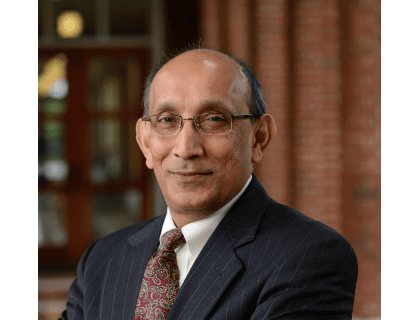
K.T. Ramesh
K.T. Ramesh, the Alonzo G. Decker, Jr., Professor of Science and Engineering at Johns Hopkins University, is the Interim CoDirector of the Johns Hopkins Data Science and AI Institute. He was the Senior Advisor to the President of Johns Hopkins University. Ramesh is a Professor of Mechanical Engineering, with joint appointments in Materials Science & Engineering and Earth & Planetary Sciences. He was the founding Director of the multidisciplinary Hopkins Extreme Materials Institute (HEMI).
Professor Ramesh is one of the world’s leading authorities on impact mechanics, and materials subjected to extreme conditions. He has done seminal work in discovering and modeling the mechanisms active in ceramics subjected to very rapid loading, through a combination of sophisticated experimental methods and physics-based theoretical and computational modeling. His research efforts have been published in over 275 archival journal papers and a textbook, in addition to methods and codes made available in the public domain. His scholarship has had major applications in national defense, the design of protective material systems, and the mitigation of traumatic brain injury, and the approaches that he has developed are used in materials design, impact biomechanics, and studies of asteroid hazard mitigation.
Professor Ramesh’s research and scholarship have been recognized through major awards such as the Koiter Medal from ASME; the Murray Medal, the Lazan Award, and the Hetenyi Award from SEM; and the John Rinehart Award of the DYMAT Association in Europe. He has been elected a Fellow of AAAS, ASME, SEM, and the American Academy of Mechanics. Most recently, Professor Ramesh had an asteroid named after him: (32518) 2001 OZ69, known as Ktramesh.
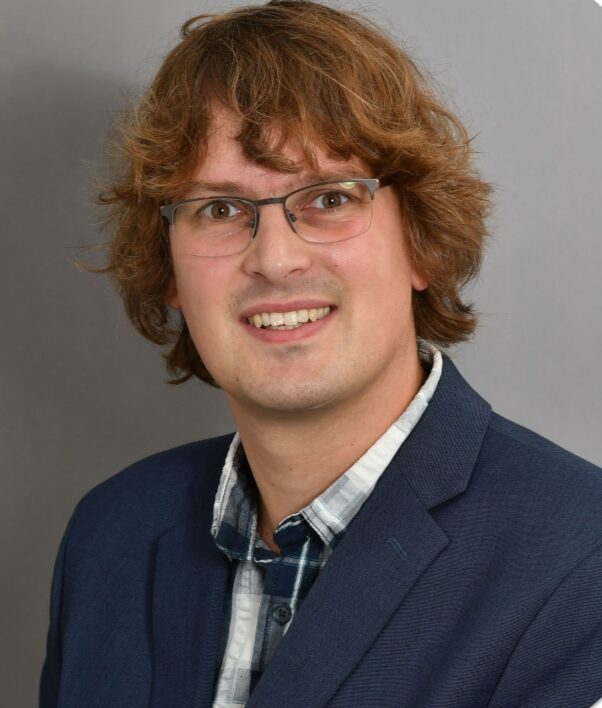
Wolfgang Rheinheimer
Prof. Dr. Wolfgang Rheinheimer graduated at KIT in 2013 with a Master in industrial engineering and a PhD in mechanical engineering. After a postdoctoral position in collaboration with Bosch and leading a research group at KIT, he joined Purdue University as visiting professor. 2020 to 2023, he led a DFG-funded Emmy Noether research group at the Jülich Research Center and held a junior professorship at RWTH Aachen. 2023, he joined the University of Stuttgart as full professor, leading the Institute for Manufacturing Technologies of Ceramic Components (IFKB).
His research focuses on fundamental studies of interfacial processes, such as microstructure evolution, defects, segregation, and their interplay with properties. Using different scales from atomistic to macroscopic and including modelling and simulation, his work has led to a detailed and fundamental understanding of grain boundary motion and bimodal microstructure evolution in functional ceramics. A particular focus lies on novel sintering techniques with high heating rates, where he again investigates fundamental mechanisms. Additionally, Dr. Rheinheimer investigates ionic conductors for SOFC and battery applications, particularly proton conductors. Beyond these materials science and fundamental research topics, he investigates thermal coating processes for functional applications, is active in additive manufacturing and injection molding, and develops manufacturing processes for bioceramics for biomedical applications.
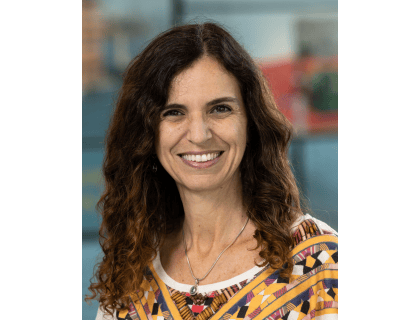
Denise A. Silva
Denise A. Silva is a senior scientist at the Oak Ridge National Laboratory (ORNL) focused on lowering the embodied carbon of building materials, with more than thirty years’ experience in the field of cementitious materials. She has B.S. and M.Sc. degrees in Civil Engineering from the Federal University of Rio Grande do Sul (UFRGS, Brazil), and a Ph.D. degree in Materials Science from the Federal University of Santa Catarina (UFSC, Brazil). A postdoctoral appointment in Civil and Environmental Engineering at the University of California at Berkeley followed, when she utilized the synchrotron light-sourced soft x-ray microscope at the Lawrence Berkeley National Laboratory to visualize particles of cement hydrating in the presence of chemical admixtures.
Prior to joining ORNL, Denise worked for 10 years as a full professor in Civil Engineering at UFSC (Brazil), and for 15 years in two large U.S. companies (W.R. Grace/GCP Applied Technologies and Custom Building Products/The Quikrete Companies) in research, development, and deployment of solutions to improve performance and productivity, and to reduce cost and carbon footprint of cement-based materials. She has over 35 peer-reviewed publications, including six patents, and she is the editor of two proceedings books.
She has been recognized by the American Ceramic Society as an ACerS Global Ambassador in 2022 for her “outstanding leadership and services to the Society in conferences along with [her] dedication to the global outreach and collaboration efforts”. She has been a former Chair, Chair-elect, and Secretary of the Cements Division in 2018-2020, and has co-chaired the 11th and 12th Advances in Cement-Based Materials conferences.
Denise’s interests include the research, development and deployment of low-carbon building materials and efficient building systems.
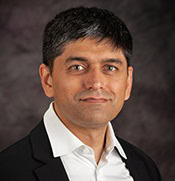
Gurpreet Singh
Dr. Gurpreet Singh is Massey Neff professor in the Mechanical and Nuclear Engineering Department at the Kansas State University. He earned B.S. in Mechanical Engineering from College of Engineering Pune (COEP) India prior to pursuing M.S. (thesis option) and PhD degrees in Mechanical Engineering from University of Colorado at Boulder in 2006 and 2007, respectively. He conducted postdoctoral research at the Institute of Critical Technologies at Virginia Tech. For several years Prof. Singh was a visiting researcher at the National Institute of Standards and Technology (NIST) in Boulder, CO.
Prof. Singh has more than 15 years of experience designing quaternary preceramic polymers and resulting precursor-derived ceramics (PDCs) for high temperature and energy storage applications. He was the lead investigator of recently concluded National Science Foundation Partnerships for International Research and Education (PIRE) project that involved collaboration with leading experts and educators on ultrahigh temperature materials from US national laboratory, aerospace industry, and multiple universities in the US and Europe. In this capacity, Prof. Singh organized several international summer workshops on PDC ceramic fibers and additive manufacturing of ceramic composites. He played a key role in coordinating training, mentoring, and summer research exchange of US undergraduate students with the universities in France, Germany, and Italy.
In addition, Prof. Singh is well recognized for his research on exfoliation of 2-D crystals to produce atomically thin sheets of graphene oxide and transition metal dichalcogenides for use in high-capacity metal-ion batteries, which have appeared in prominent scientific journals. Overall, Prof. Singh has authored or co-authored 375 technical publications, which include 84 peer-reviewed journal papers, several patents, books, technical abstracts, and more. His research has won him several accolades including the NSF CAREER award, K-State’s Frankenhoff Award for Excellence in Research, and Dean’s Award of Excellence in Research. He has also been honored with Fellow of the American Society of Mechanical Engineers (ASME).
Prof. Singh has been an engaged member of American Ceramic Society (ACerS) since 2008. Over the years, he has taken leaderships roles such as organization or co-organization of Symposia and Tracks for ACerS supported conferences, with Materials Science and Technology conference being the most notable, where he has been involved for the past 15 years. In addition, Prof. Singh co-founded the ACerS Technical Interest Group to advance PDCs materials, explore their emerging applications, and foster collaborative R&D opportunities. He also served as the former chairman of the editorial advisory board of the ACerS Bulletin. Presently, he holds the position of associate editor for the Journal of the American Ceramic Society.
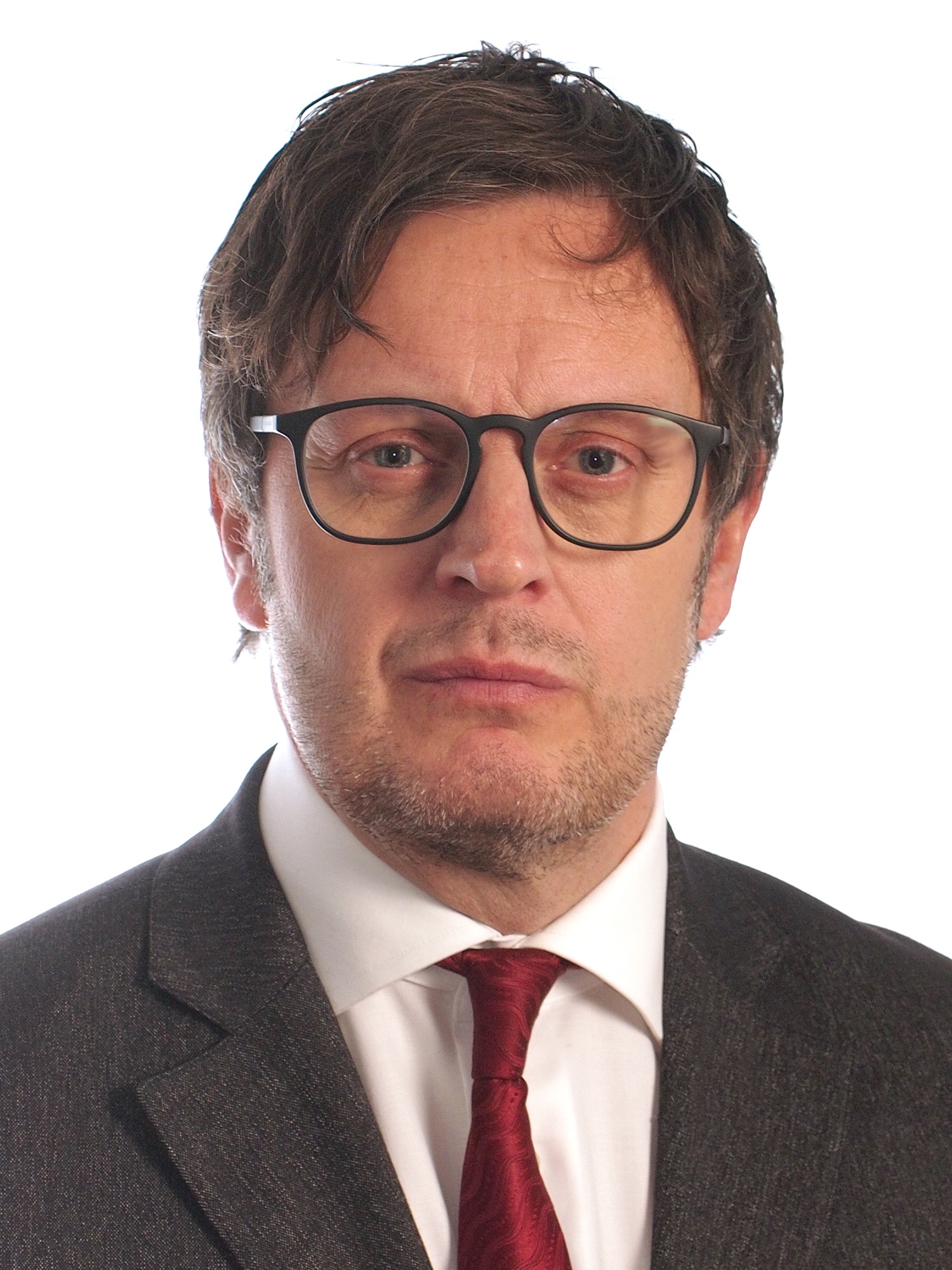
Federico Smeacetto
Dr. Federico Smeacetto is Full Professor of Materials Science and Technology at Politecnico di Torino, Italy. He received an MSc in Chemistry from the University of Torino and a PhD in Materials Science and Technology from Politecnico di Torino. Following his doctorate, he was a postdoctoral researcher at Imperial College, London, UK, University of Hertfordshire, Hatfield, UK and AGH-UST, Krakow PL. He supervises a research group of 9+ post-doc researchers and PhDs; he is a member of the Board of the Ph.D. School of Materials Science and Technology and chair (2013-present) of the “Advanced glass and glass-ceramics: fundamentals and applications” course. His research interests involve required engineering solutions for designing, developing, and characterizing functional glass and ceramics as joining and coating materials for energy conversion and storage. Principal investigator of EU-funded projects and contracts mainly related to hydrogen technologies (HyP3D, 24_7 ZEN, Ecolefins, H2Shift). Associate Editor (since 2021) of ACerS’s International Journal of Applied Ceramic Technology. Co-organizer, point of contact since 2022, Organizer for Symposium 3, “International symposium on solid oxide fuel cells (SOFC): Materials, science and technology-” 2014-present; in ACerS’s Int. Conf. on Advanced Ceramic and Composite (ICACC).Vice-chair of the Engineering Ceramics Division of The American Ceramic Society (2024-2025)
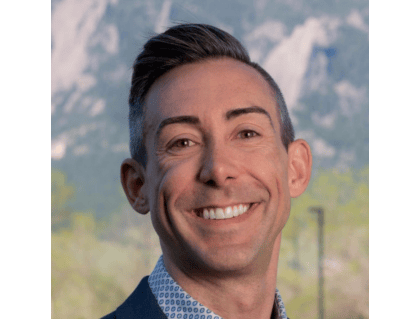
Wil V. Srubar
Dr. Wil V. Srubar III is a professor of civil and architectural engineering and materials science and engineering at the University of Colorado Boulder, where he leads the Living Materials Laboratory. Dr. Srubar received his PhD from Stanford University in 2013 in civil and environmental engineering, along with BS and MS degrees from Texas A&M University and The University of Texas at Austin in 2006 and 2008, respectively. His interdisciplinary materials science research integrates biology with polymer science and cement chemistry to create new bioinspired cements and living material technologies for the built environment. To date, his laboratory has received >$12M in sponsored research funding from the US National Science Foundation (NSF), Air Force Research Laboratories, ARPA-E, and DARPA’s Biological Technologies Office. He has authored >90 technical journal articles in premier materials science journals, including Cement and Concrete Research, Cement and Concrete Composites, and the Journal of the American Ceramics Society. His work has been highlighted by The New York Times, National Public Radio, and The Washington Post. Dr. Srubar has held several leadership positions within the American Ceramics Society (ACerS) Cements Division, including Chair, Chair-Elect, and Secretary. He currently serves as the Conference Chair of the 15th Advances in Cement-based Materials Conference. Dr. Srubar is the recipient of the 2023 ACerS Cements Division Early-Career Award and a 2020 NSF CAREER Award, and he was named a Top 25 Newsmaker of 2022 by Engineering News Record. In addition to his academic endeavors, Dr. Srubar is a co-founder of three startup companies, Prometheus Materials, Inc., Minus Materials, Inc., and Aureus Earth, Inc., which are commercializing low-carbon biomaterial technologies for the built environment.
Nomination Deadline
March 1 Annually